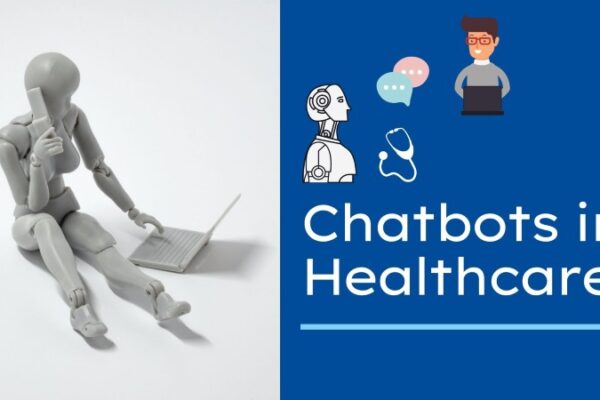Are you tired of dealing with robotic, stale chatbots that can’t hold a meaningful conversation? Look no further than ChatGPT, the latest language model from OpenAI.
ChatGPT is a cutting-edge artificial intelligence (AI) technology that is capable of generating human-like responses to text inputs. With ChatGPT, you can have realistic, engaging conversations with a virtual assistant that feels like a real person.

One of the key features of ChatGPT is its ability to understand and respond to natural language. This means that you can chat with it just like you would with a friend or colleague, using your own words and phrases. ChatGPT is trained on a massive amount of data, so it can understand a wide range of topics and styles of conversation.
Another impressive aspect of ChatGPT is its ability to learn and adapt to your personal preferences and communication style. As you chat with it, ChatGPT will analyze your inputs and generate responses that are tailored to your specific needs and interests. This means that the more you use ChatGPT, the more personalized and relevant your conversations will become.
So what can ChatGPT be used for? The possibilities are endless! You can use it as a virtual assistant to help you with a variety of tasks, from scheduling appointments and sending emails to conducting research and providing customer support. You can also use ChatGPT for entertainment purposes, such as playing games or engaging in fun, lighthearted conversations.
But ChatGPT is more than just a tool for personal use. It also has the potential to revolutionize industries and transform the way we interact with machines. For example, ChatGPT could be used in customer service to provide more natural and efficient interactions with customers. It could also be used in education to create personalized learning experiences for students.
ChatGPT has the ability to generate code snippets in a variety of programming languages. This means that it can be a valuable tool for developers who need help with coding tasks, such as writing complex algorithms or debugging code.
To generate a code snippet with ChatGPT, simply provide it with some context and information about the task at hand. For example, you could ask ChatGPT to “generate a function that calculates the average of a list of numbers in Python” or “write a conditional statement that checks for palindrome words in JavaScript”. ChatGPT will then analyze your request and generate a code snippet that meets your specifications.
One of the benefits of using ChatGPT for code generation is that it can save you time and effort by providing you with ready-made code that you can use in your own projects. This means that you can focus on more important tasks, such as testing and debugging, rather than spending hours writing code from scratch.
In short, ChatGPT is the future of AI-powered conversation. With its ability to understand and respond to natural language, learn and adapt to individual preferences, and handle a wide range of tasks, ChatGPT is poised to revolutionize the way we interact with machines and each other. Are you ready to experience the power of ChatGPT? Try it out today and see for yourself! openai.com/blog/chatgpt/





